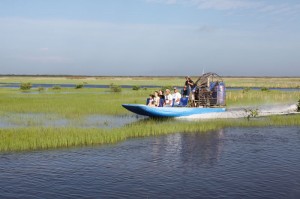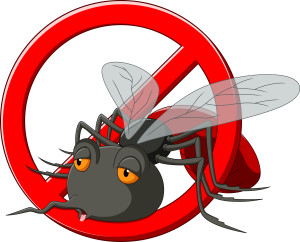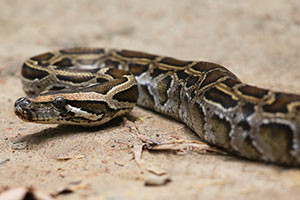 Airboats are one of the most exciting, up-close-and-personal ways to get around the Everglades. They give visitors a chance to see the wetland’s vastness, along with its flora and fauna. Airboats are a safe way to glide through the waterways, but like anything there are risks. Airboat injuries and accidents have occurred, so it is important as a passenger you follow all safety precautions and rules.
Airboats are one of the most exciting, up-close-and-personal ways to get around the Everglades. They give visitors a chance to see the wetland’s vastness, along with its flora and fauna. Airboats are a safe way to glide through the waterways, but like anything there are risks. Airboat injuries and accidents have occurred, so it is important as a passenger you follow all safety precautions and rules.
Captain Mitch of Captain Mitch’s Airboat Tours has more than 30 years of experience exploring the Everglades on an airboat. Safety is a top priority for Captain Mitch. He is familiar with the area and is trained and experienced in proper navigation techniques. Before going out on a tour, the airboat captain and staff perform a pre-operation check to see if there’s an issues or concerns with the boat. Many accidents and injuries can be avoided by keeping up with regular checks and maintenance.
What kind of things are looked at during these boat inspections? Here are just a few of many items an airboat captain or staff member in the state of Florida will check on:
- Safety chains
- Oil level, radiator fuel level
- Navigation lights
- Leaks
- Safety gear
- Gauges
- Hull
- Engine and engine mounts for anything loose
- Rudders and propellers
While on an airboat, the captain will instruct passengers to not go near the propeller as a precaution. Any loose items and clothing can get caught in the propeller, which can bring harm to both the person and damage the boat. People will be instructed to secure all items they have with or on them.
On the airboat, there is ear and eye protection, a first-aid kit, a cell-phone, drinking water, and a fire extinguisher.
Since nature is unpredictable, airboat captains keep an eye on the weather. Florida is home to some powerful thunderstorms and hurricanes, so it’s extra important captains know the timing of these storms. If lightening, thunderstorms, or high wind is happening, a captain will dock the boat.
Captain Mitch has been touring through the Everglades for decades. Whether it’s a medical or weather emergency, Captain Mitch is trained to handle the situation and get everyone to safety as soon as possible. Captain Mitch’s Everglades Airboat Tours aims to bring people on fun and safe tours for decades. Click the airboat tour page too schedule a trip, or call 239-695-3377.
 A visit to the Everglades is a once in a lifetime experience. In the Everglades, you get to see a unique ecosystem that is unlike anything else in the United States. It is a diverse and abundant ecosystem that is an excellent place for the avid nature enthusiast and bird watcher alike.
A visit to the Everglades is a once in a lifetime experience. In the Everglades, you get to see a unique ecosystem that is unlike anything else in the United States. It is a diverse and abundant ecosystem that is an excellent place for the avid nature enthusiast and bird watcher alike. One of the biggest threats to a balanced ecosystem in the Everglades is the Burmese pythons. These snakes are an invasive species in the wetland. The python happens to love the Everglades, but this wetland cannot handle its presence. Pythons prey on almost anything in their path, and have been known to cause a large depletion in the rabbit, opossum, wading birds, racoons and other small populations population in the area. Its only predators are the American alligator and the Florida panther. However, these pythons can put up a fight and a recent video take by someone in the Everglades showed an alligator losing a fight with a python in water.
One of the biggest threats to a balanced ecosystem in the Everglades is the Burmese pythons. These snakes are an invasive species in the wetland. The python happens to love the Everglades, but this wetland cannot handle its presence. Pythons prey on almost anything in their path, and have been known to cause a large depletion in the rabbit, opossum, wading birds, racoons and other small populations population in the area. Its only predators are the American alligator and the Florida panther. However, these pythons can put up a fight and a recent video take by someone in the Everglades showed an alligator losing a fight with a python in water.





